"Architects are going crazy with the idea of a new relationship to water" says Tracy Metz
Architects and urban designers are finally responding to the threat of rising sea levels by welcoming water into cities, says urbanism expert Tracy Metz.
"Architects are going crazy with the idea of a new relationship to water," said Metz, speaking at the What Design Can Do conference in São Paulo this week.
"We are trying to find a way to welcome the water, to bring it in, especially into our cities."
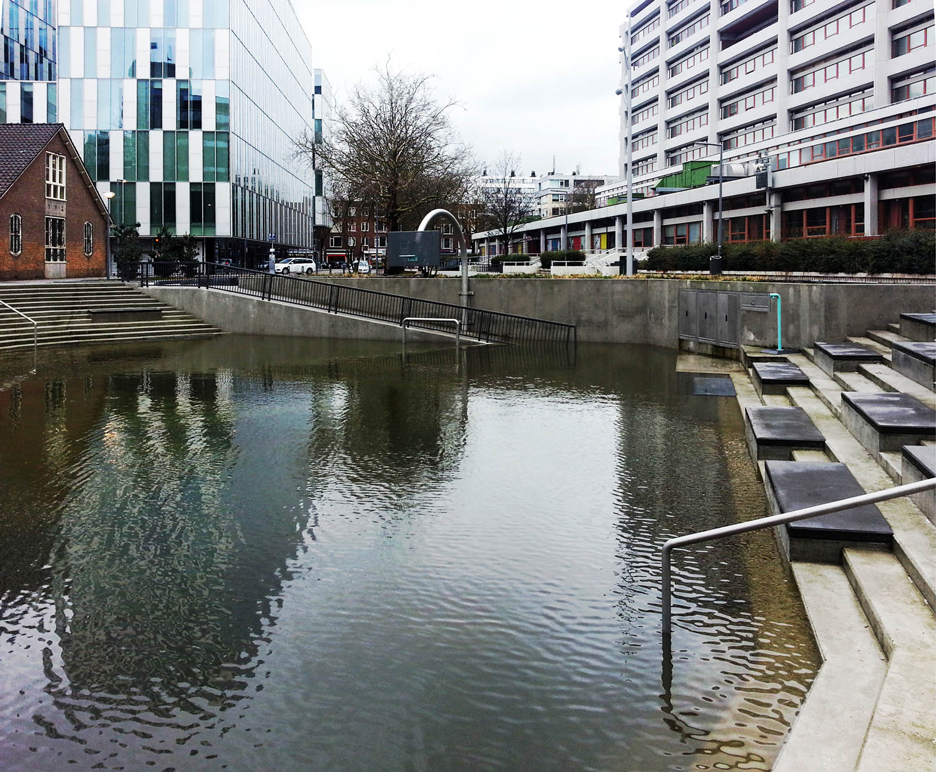
Metz – a fellow at Harvard Graduate School of Design – has spent years researching architecture and infrastructure strategies that integrate water, as climate change threatens rising sea levels and increased flooding.
"You see that more and more architects are designing for and with water," she said. "These strategies bring together all different kinds of design disciplines: urban design, landscape architecture, engineering and architecture."
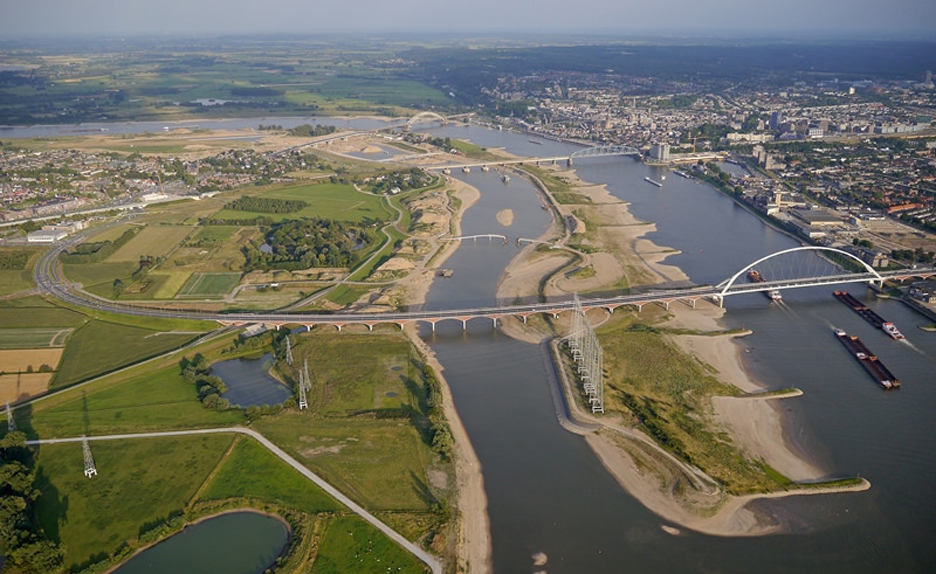
Metz used her adopted home of the Netherlands as an example of this shift. The country has previously built a vast network of dykes and channels to help keep the quarter of the country that lies below sea level from going underwater.
"This tradition is one of keeping the water out and that now is changing," Metz said.
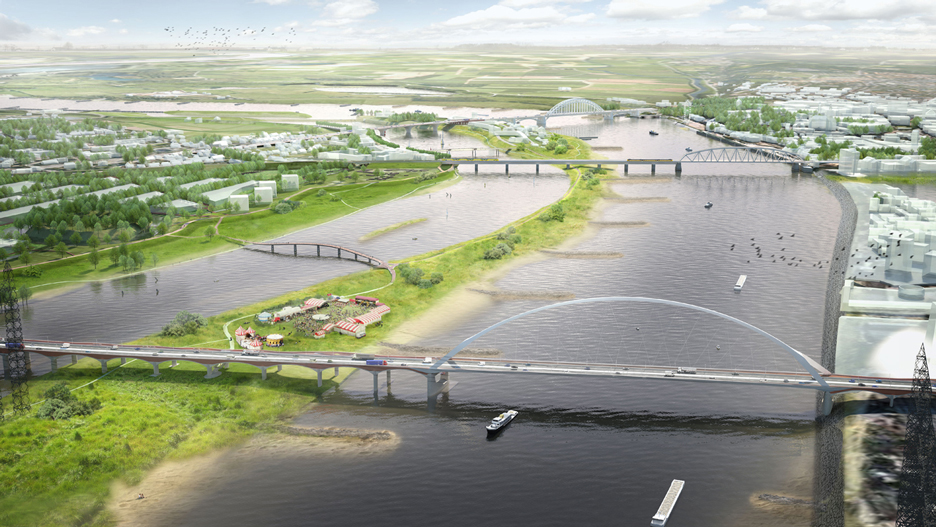
A huge 10-year infrastructure project to widen the river running past the city of Nijmegen to prevent flooding was officially opened last week. It includes new public spaces along the banks and an island that can accommodate housing.
Also, an Amsterdam canal that was covered over to provide car parking is being turned back into a waterway.
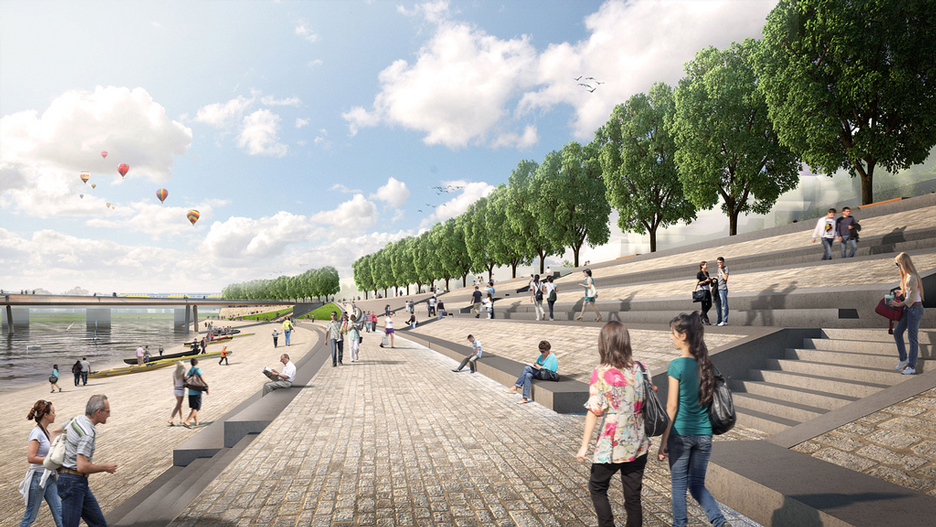
In Rotterdam, rain water is held temporarily in new Water Squares that fill up when levels are high, until the liquid can seep back into the ground or into the sewer. When there's no rain, the sunken areas can be used as public spaces and for sports like basketball.
"It's about making the city flexible now," said Metz. "How do we use these spaces that sometimes are wet, sometimes are dry?"
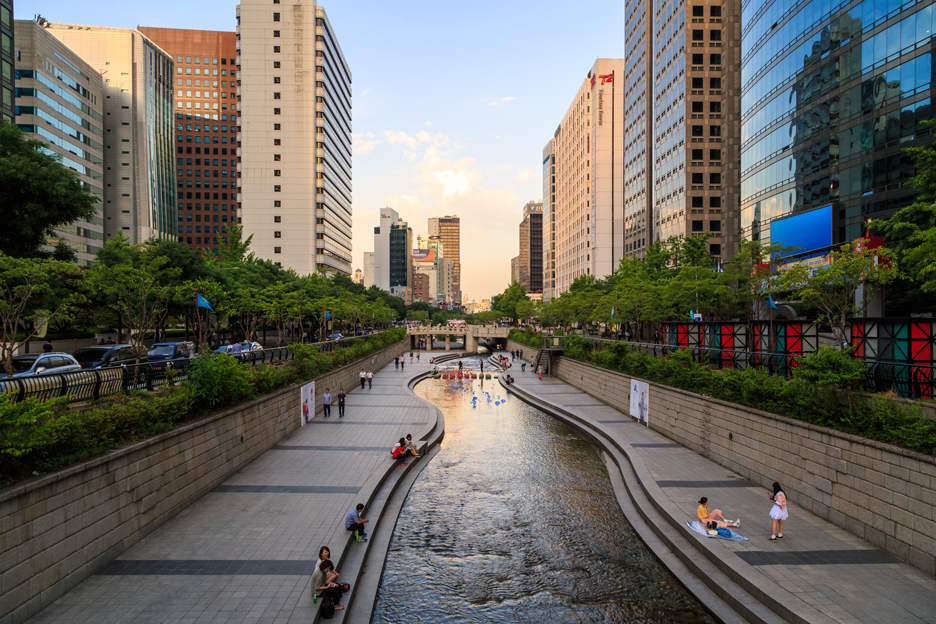
Elsewhere, Hamburg has created a plaza that purposefully floods to accommodate the River Elbe's tidal fluctuations. Seoul has reintroduced a stream through the centre of the city's financial district where a highway used to be.
"You see that the design in our cities for water is really one of the drivers of urban design and architecture now," said Metz.

A trend has also emerged for floating architecture, ranging from tiny cabins to entire cities and including the UK's "first amphibious house".
"People love to live on the water, as long as they are safe," said Metz. "So this is very much a design issue."
What Design Can Do was set up to discuss ways in which designers can help to solve global issues, and takes place annually in Amsterdam. It's inaugural event in Brazil runs on 7 and 8 December 2015.